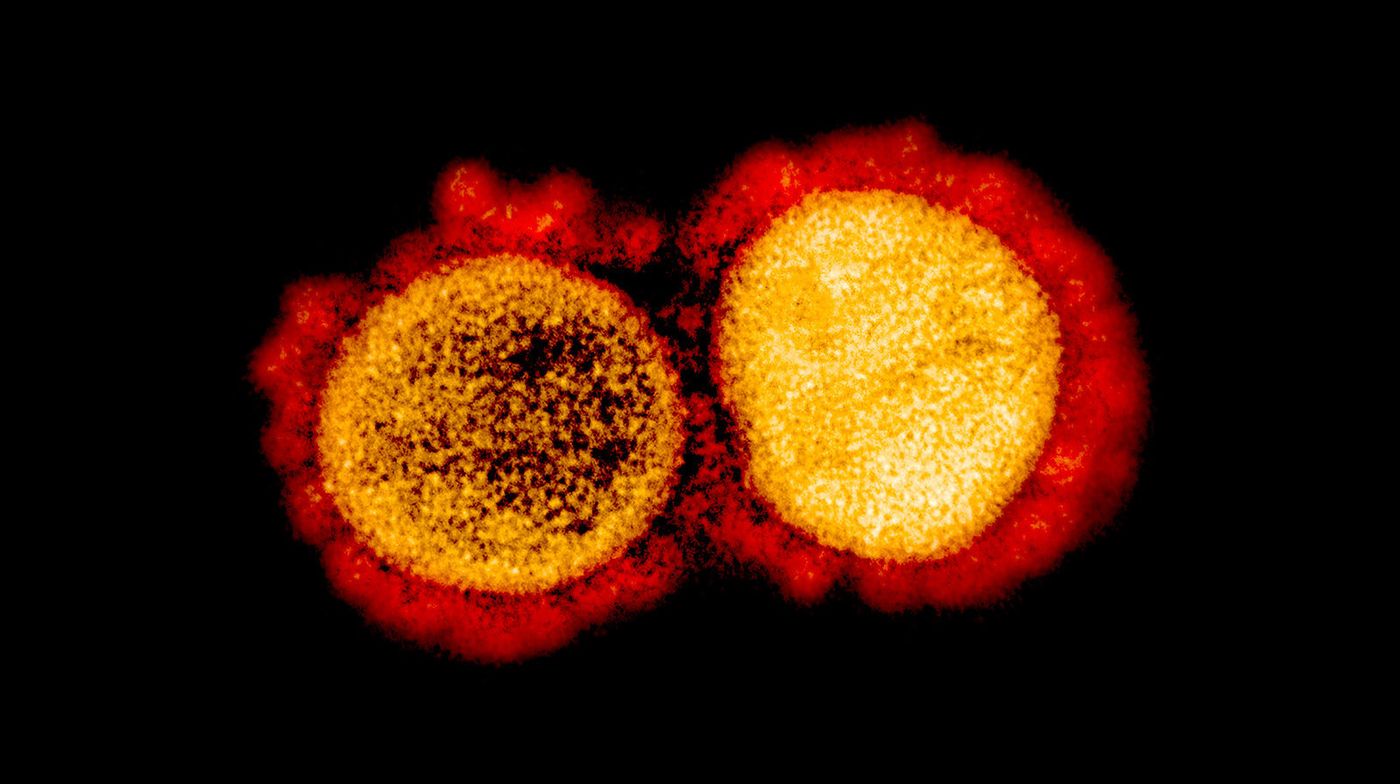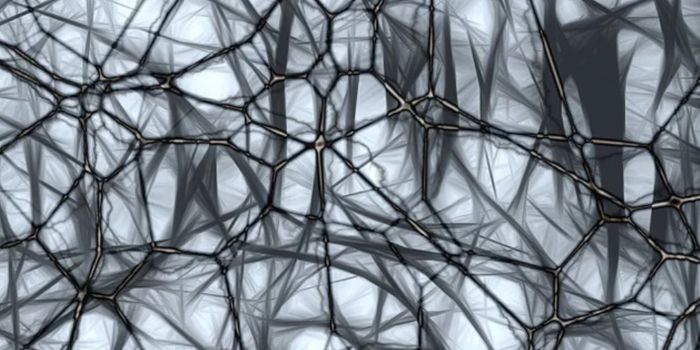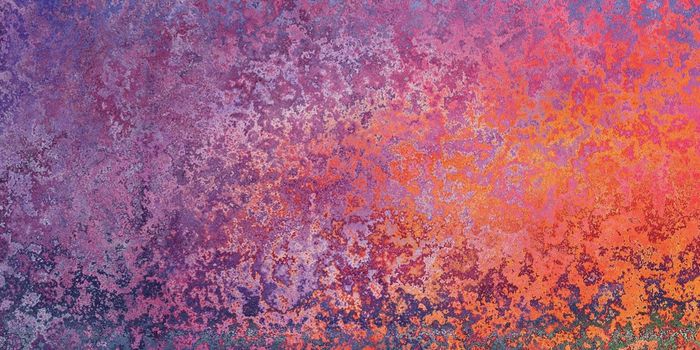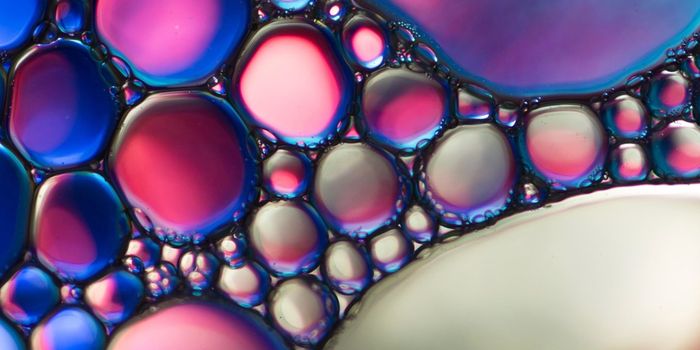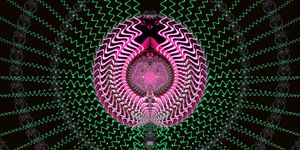Fighting COVID-19 with Help From Llamas
Camelids, which include llamas, alpacas, and camels, have immune systems that generate two kinds of antibodies when confronted with foreign invaders: antibodies that are similar to ours and smaller versions known as nanobodies or single-domain antibodies. Researchers have known that these nanobodies have therapeutic potential in the fight against the pandemic virus SARS-CoV-2, and have been trying to use them to develop medicines.
Reporting in Science, researchers have isolated nanobodies against SARS-CoV-2 that could be used in an inhalable medicine for COVID-19. These nanobodies are not only small, they are stable and powerful. They can also block infections in a variety of ways.
"Nature is our best inventor," said the senior study author Yi Shi, Ph.D., an assistant professor of cell biology at the University of Pittsburgh (Pitt). "The technology we developed surveys SARS-CoV-2 neutralizing nanobodies at an unprecedented scale, which allowed us to quickly discover thousands of nanobodies with unrivaled affinity and specificity."
In this work, a black llama named Wally was exposed to a fragment of the SARS-CoV-2 spike protein. The spike protein of a virus is what helps it latch on to and enter a host cell. Wally began to produce mature nanobodies against SARS-CoV-2 after about two months. Shi has been working on developing a technique that involves mass spectrometry to identify the nanobodies carried by Wally that are best at binding to the virus.
Along with scientists at Pitt's Center for Vaccine Research (CVR), the researchers exposed live SARS-CoV-2 viruses to the nanobodies they had isolated. They found that it took less than a nanogram of nanobody to neutralize a level of virus that would be able to infect a million cells. The nanobody candidates they found may be more than a hundred thousand times more effective than other llama nanobodies that have previously been created.
In addition, these novel antibodies don't require an IV like typical antibodies against SARS-CoV-2, and can be more effective with smaller doses. These nanobodies remain stable for up to six weeks at room temperature and have the potential to be used in an inhalable mist.
"Nanobodies could potentially cost much less," said Shi. "They're ideal for addressing the urgency and magnitude of the current crisis."
"As a virologist, it's incredible to see how harnessing the quirkiness of llama antibody generation can be translated into the creation of a potent nanoweapon against clinical isolates of SARS-CoV-2," said study coauthor and CVR Director Paul Duprex, Ph.D.
Sources: AAAS/Eurekalert! via University of Pittsburgh, Science
